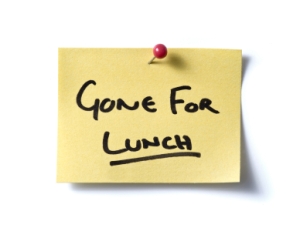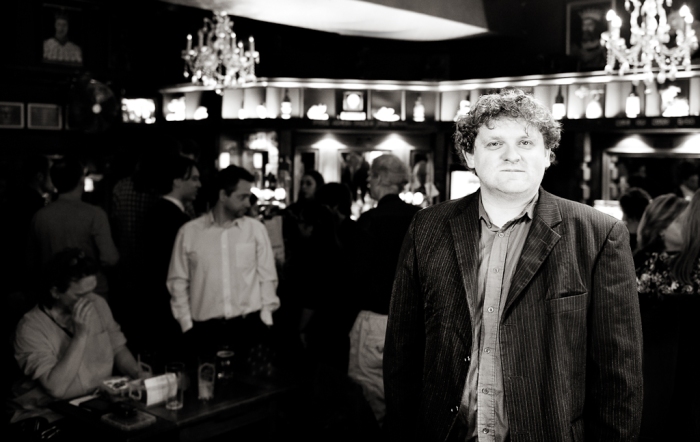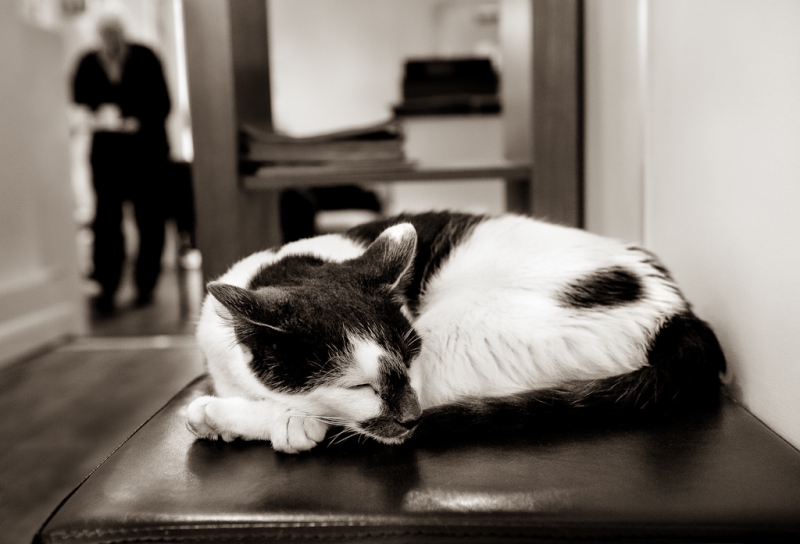There is a place in Southern Iceland where the Breiðamerkurjökull Glacier meets the Atlantic Ocean. Under the inscrutable gaze of the surrounding mountains, this vast river of ice finally yields to warmer maritime air, a mighty warrior kneeling before the conqueror, the endless expanse of Jökulsárlón, the melt-water lake, a monument to the struggle. All across the lagoon icebergs, scattered and lost, drift towards the seaward channel. They are the survivors, crawling on the battlefield, jagged and broken but still hoping for escape, their frozen armour glinting proudly in the sunshine. It is one of the most hauntingly beautiful places on earth, enough to melt even the coldest of hearts.

I first visited Jökulsárlón five years ago. It was the beginning of a love affair with ice, no less passionate today than it was back then, standing on a rocky Icelandic shore (Apparently I’m a ‘pagophile’ – a lover of ice – but it didn’t sound the sort of thing to be shouting about too loudly on the internet!). Killer, healer, homeland, wilderness, sculptor, sculpted: ice is an extraordinary substance. Thanks to its peculiar chemistry, its temperate freezing point and lightness of form, it covers nearly 10% of the earth’s surface. It touches our lives in so many everyday ways, from the simple pleasure of an iced drink to the adrenalin rush of the skating rink, yet remains mysterious, contradictory: More fragile than glass, yet capable of sinking ships. Freezing to the touch, yet will burn the skin blacker than the hottest flame. Definitions here are elusive, slipping through the fingers like ice itself.
In spite of the name, the real place of pilgrimage for ice worshippers isn’t Iceland, but Jukkasjärvi in northern Sweden. We’re deep into polar territory here, the Arctic Circle a distant memory some 145km to the south, the average winter temperature 18 degrees below – a perfect home for the world’s first Icehotel (nowadays, there are at least 7 others). Opening from December to April, the entire hotel is sculpted out of snow and ice harvested from the nearby Torne River. No two years are ever the same – It’s created from scratch each winter and only the magnificent ice chandelier is ever saved from the summer sun. Competition for places on the artistic team is fierce, especially the right to create one of the hotel’s fifteen ‘art suites’ : This year, you could sleep in anything from a tube train to Frankenstein’s laboratory. A constant five degrees below, stay in this frozen fantasy palace and for once, claiming your holiday was “really cool” wouldn’t be an exaggeration.
But what about something closer to home? How does a London ice lover get their fix? In spite of the fact the UK usually goes into meltdown at just a mention of snow, London is one of the few cities in the world with an Icebar – Below Zero. You can take your chances on the door, but it’s definitely better to book. The cold area is small and numbers are strictly limited, a maximum of 60 for no more than 40 minutes at a time – not that the adjacent warm bar is a bad place to linger, it’s just whether you’d settle for urban cool if you came for ice.

On arrival, you’re kitted out in what’s officially described as a “designer thermal cape”: In reality, it’s more of a hooded blue poncho. It’s intended not just to protect you from the ice, but also the ice from you – Given the amount of heat the average human being generates, put 60 people in a room and it’s the equivalent of switching on a 5 bar heater. The extra layers are obviously necessary, but the effect is still vaguely ridiculous. As I step into the cold, the neon glow and hooded crowds suddenly make me feel I’m in some pantomime version of Star Wars. I resist the urge to tell the doorman, ‘these are not the droids you’re looking for’ and head instead for the bar. The price of entry here includes a complimentary cocktail served (naturally) in a glass made of ice. Thereafter drinks are £6.50 a shot, £10.50 if you’ve accidentally lost your original glass. Read the reviews online and these prices receive (not unreasonably) a decidedly frosty reception. Then again, go to the Ice Hotel and you’ll be charged an equally staggering amount : You can’t claim the Ice Bar doesn’t give you an authentic experience.
If I had one real criticism of the London Ice Bar, it would be the current design. Yes, the bar is made of ice. Yes, there are ice murals on the walls, but there are none of the intricate sculptures for which the Ice Hotel is famous. Fortunately, January also sees the capital play host in Canary Wharf to the London Ice Sculpting Festival. Now in its fourth year, this free celebration of frozen art has put London firmly on the international ice sculpting stage. 20 artists from 10 different countries battle it out across 3 days of competition. For sheer intensity and excitement, the first Friday is hard to beat (Being a working day, it’s also the least crowded – Over 50,000 people are thought to have attended this year!). Here are the single block events – the set theme competition, this year ‘River Life’, and the individual freestyle. Working at this scale, the intricacy of the designs is breathtaking, especially on an unseasonably mild January day when it’s a race against time to beat the heat: Sculptures die with every moment they live.
This slideshow requires JavaScript.
If I was ever in any doubt as to the extraordinary skill of these artists, having a go myself in one of the ice sculpting workshops really hammered the point home. This isn’t just artistically challenging but intellectually demanding – understanding the conditions and the response of the ice – and physically tough to boot. The longer I worked, the more my frozen fingers complained. Looking round at our efforts, I saw a few goods, plenty of bads and at least one downright ugly (mine!).
Come the weekend and there’s a complete change of pace with the start of the two-day big-block pairs competition. Vast 2m tall, 2 tonne blocks of ice are specially shipped in for the country teams to craft, this year on the theme of ‘Fabulous Fashion’. When so much of the ice we get in this country is milky, ‘white’ ice – a form of frozen slush – just to see ice of this diamond purity is in itself a revelation : suddenly, I understand how the word ‘crystal’ could have come from krystallos, the ancient greek for ice.
Saturday sees much of the preparation work take place : what you lose in the lack of detail is more than compensated for by the drama of chainsaws and fountains of flying ice, especially later in the day when the blocks are dramatically underlit. With the immediate pressure of competition lifted, the artists also seem more relaxed – Reverend Butter from Team USA (otherwise known as Rolando De La Garza) hams it up Texas Chainsaw Massacre style; The UK’s Mike Kerslake begs for ‘crowd-funding’ when he needs a lighter for his blowtorch. By Sunday afternoon, however, the serious mood returns as everyone races towards 5pm and the competition deadline. This year’s winner was Africa, a stunning result in its own right, but even more so when you consider this was the first year they’ve ever participated. Then again, as Mario Amegee from the African team says : “When you have art, it’s ok. You can do everything, you know”.
Ice: Extraordinary substance. Extraordinary people.

 But why not? London’s landmarks, the museums and galleries are amongst the finest in the world. I’d served time beyond the M25. I’d learnt not to take such luxuries for granted. Even so, there’s definitely an element of complacency. The trouble with landmarks is they don’t have a deadline, no tightening noose, no pressure of a closing date. The Tower of London has been around for a very long time and let’s face it, will probably still be around for a very long time: There’s always tomorrow.
But why not? London’s landmarks, the museums and galleries are amongst the finest in the world. I’d served time beyond the M25. I’d learnt not to take such luxuries for granted. Even so, there’s definitely an element of complacency. The trouble with landmarks is they don’t have a deadline, no tightening noose, no pressure of a closing date. The Tower of London has been around for a very long time and let’s face it, will probably still be around for a very long time: There’s always tomorrow.















